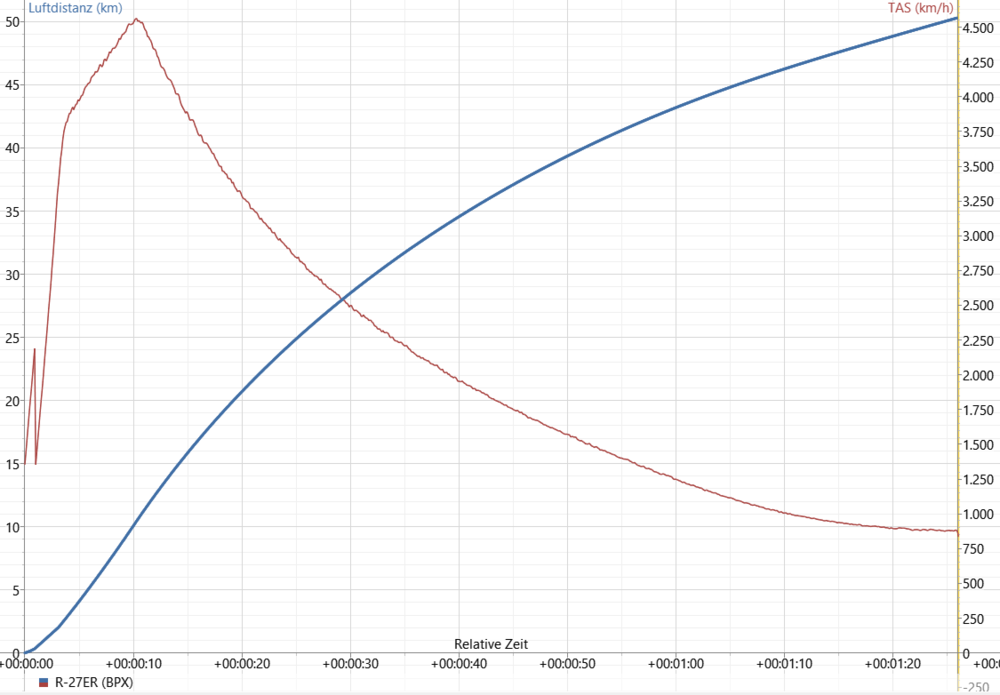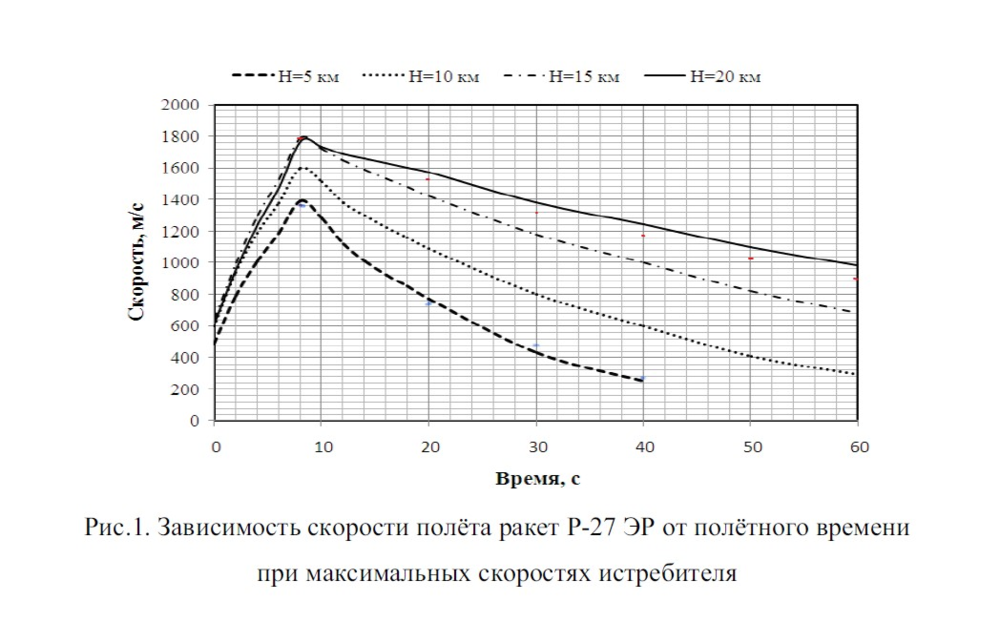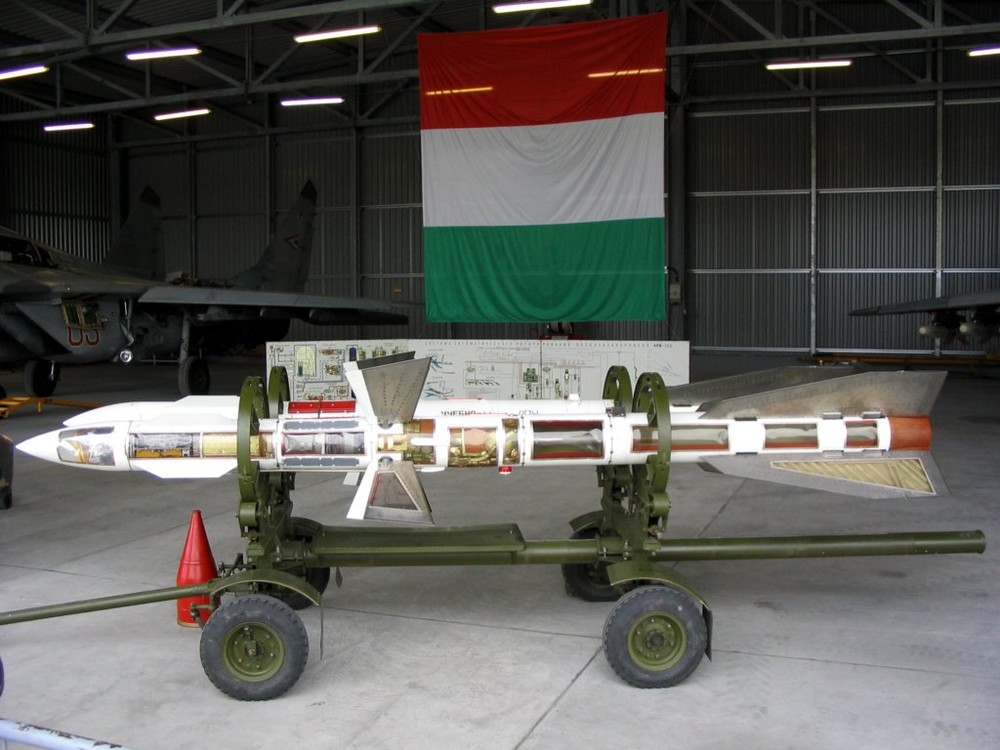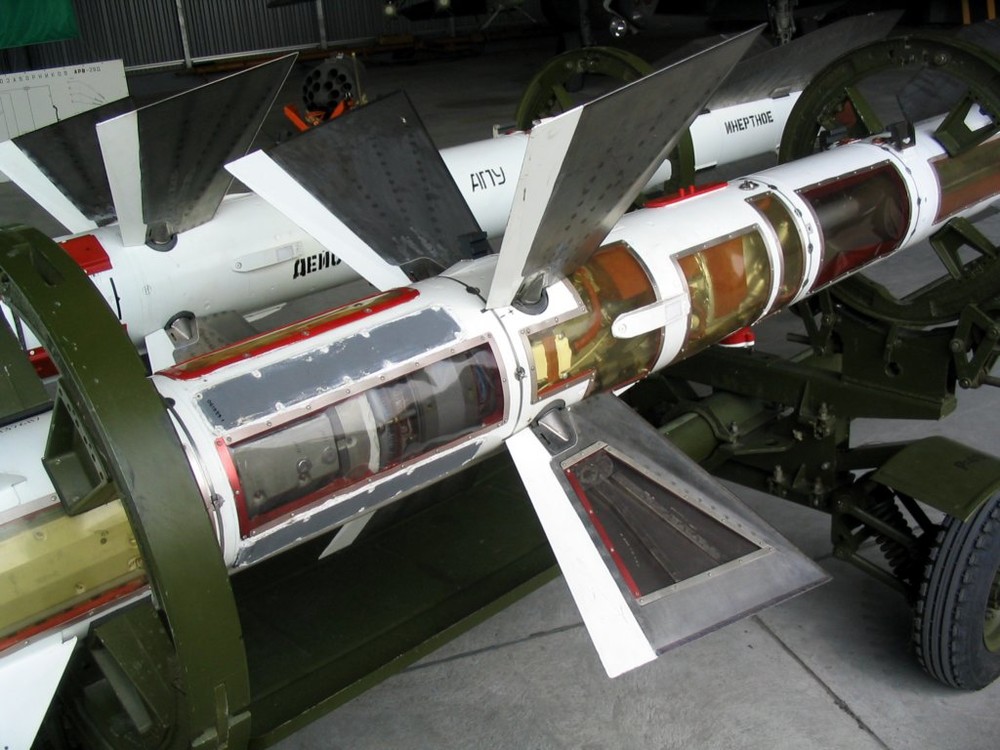-
Posts
939 -
Joined
-
Last visited
Content Type
Profiles
Forums
Events
Everything posted by BlackPixxel
-
@BIGNEWY With the radar ranges of the MiG-29A and the German MiG-29 being corrected, could we get the developers to look into the MiG-29S radar? Right now the MiG-29S in DCS uses the exact same radar values as the MiG-29A, which is not correct. Here is what one of the MiG-29 manuals says about that radar: So the MiG-29S is equipped with a different radar than the MiG-29A. The radar is a bit heavier and has the more capable Ts101M processor instead of the Ts100. Next to the dual target engagement capability (that we already have in DCS) the ranges got increased by about 15% (16.7 % in front hemisphere, 14.3 % in the rear hemisphere). It would be great if the radar of the DCS MiG-29S could be adjusted to correctly represent this range improvement. Increasing the current values by about 15 % would be a good approach. Thank you!
-
Maybe it is based on the light level now instead of just the clock. So if the target is in the shadow of a cloud, the lock range might be reduced.
-
For a target that is not directly in front of the nose and does not directly fly towards or away from the fighter, there will be two curves. Can also be seen in R-73 videos, or in DCS when launching ET.
-
The missile can also show a second turn with normal PN, because its speed is not constant. At first it will lead a bit further because of the lower speed directly after launch. As it accelerates, the lead angle reduces, resulting in two curves.
-
It is not me that is hard to convince, it is ED I only fly the russian planes, so I would absolutely love to see this maneuver in the simulator. But for that we need to show proof to ED. Here is a MiG-29B document that has a very detailed explanation of the work of the R-27. I could not find anything about the Gorka trajectory in there. Maybe you saw/see something in there? https://www.digitalcombatsimulator.com/en/files/2378427/ The R-77 clip just cuts of a bit to early. Here is the full clip with impact, you can see that it is going for a rather close target that is flying higher than the Su-30, so no Gorka in this case.
-
Could all be true, but as long as there is nothing to proof that such a maneuver exists on the R-27 there is no way that ED is going to implement it into the simulation. For the video, they will just say that a target high above the Su-30 was engaged. Yes, this maneuver is part of one description of the R-27 (where it says it can dive down on the target with a constant angle), but there it is not clear whether it does that to increase range during long range combat, or whether it is just to keep the missile from hitting the ground and to reduce the chance of triggering the proximity fuze by the ground during engagements close to the ground.
-
Would that still allow for a more efficient flight path with that much maneuvering for the climb? Two turns are required, both drastically changing the direction of the missile, bleeding of energy. So far I have not seen anything that says that such a maneuver exists for the R-27 in the manuals etc.
-
How would it be able to do the Gorka, when during the radio corrected phase it is trying to move the equisignal direction of the stabilized antenna onto the target?
-
Chances of this bug occuring would decrease many times if the issue of radar/OLS interaction would get solved. Instead of having an instant switch to OLS as soon as the target enters the notch (for example when changing aspect) the radar should stay in extrapolation mode and keep painting the target for a short moment. So at least when the target changes aspect quickly the missile would not lose energy and be trashed because of the chaffbug, only by actually getting chaffed. Chizh anounced that this would be done, but now we wait patch after patch for weeks and nothing changes.
-
Is that image from a real manual? Is there anything else supporting the idea of the R-27 having this kind of loft? Here is some R-27R launch that looks pretty much like a lofted launch. But it could also be a very high target, who knows: R-27R/ER use the seeker antenna as gyro for the inertial navigation. So there is a spinning mass that keeps the antenna stabilized in space and allows for meassurement of angular movements of the missile. The antenna is pointed just before the moment of launch towards the direction that the target is expected to be from the missile when the missile will have reached the seeker range (40 km, 25 km, 10 km, depending on target size setting). Before the missile transitions to semiactive homing, the antenna cannot be moved, because this would make the work of the antenna as gyro impossible. So for a loft to work on the R-27, the antenna would have to be pointed a bit downwards before the launch. This way, when the missile is within the seeker range to the target, the seeker would correctly point at the target below the missile. Now the missile could dive onto the target at a pretty constant angle. Kills with the R-27 against targets with more than 3 braincells are almost excusively made in close range (< 10 km), because of how the R-27 seeker is addicted to chaff and stuff like the radar/OLS interaction + chaffbug. So Max1mus is absolutely right when he says that the new R-27 is worse. Because in that close range regime the reduced boost thrust of the motor causes the missile to take more time to reach the target. And all that because of some graph that does not even seem to consider the R-27 having a boost/sustain motor.
-
Mhmm, where have you read this about the R-27ER having such feature? The only time I have seen some "special trajectories" mentioned is here: "In some cases, corrections are introduced into the guidance law applicable to the radar-guided missiles to optimize their flight trajectories for best performance of the radar homing head and proximity fuse. For example, to avoid a stream of clutter by taking the missile out of the aircraft radar's primary beam or provide for a diving attack on the target at a preset angle."
-
What do you mean with gorka? A loft? A loft to achieve a flight path of 0 g? A lofted trajectory by shooting upwards?
-
Especially now that the updated R-27ER is even worse than the older one, it is very important to have the radar/OLS interaction fixed. Now targets have an even easier time triggering the chaffbug and getting the missile to do unnecessary high G snake maneuvers, because the missile flies even slower towards them within the kill range (shots from < 10 km).
-
I think the DCS R-33 is more or less unchanged from the old Flaminc Cliffs days, where it was more a game than a simulation. I believe that the R-33 in DCS even lofts, which I doubt it will do in the real world. Here is how the R-27ER flew with the previous version of DCS. A clear boost-phase, accelerating the missile quickly up to speed. Here is how the R-27ER looks with the new motor values. The boost is barely noticeable, the acceleration is almost constant. The Bauman-chart shows an almost constant acceleration as well: There is a tiny decrease in acceleration after 2..4 s, but such a decrease is also present in this Aim-9 chart, for example. To me it looks more like Bauman chart does not have any boost at all. Maybe the focus of this chart was more on the overall long range performance, including a boost would not change no real difference in that regard.
-
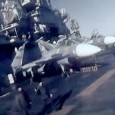
Just a humble question about a cockpit equipment
BlackPixxel replied to Marko.H's topic in Su-27 for DCS World
I think that actually two cameras or at least lenses are used. The one you see films downwards to get the HUD projection directly, and that video is then overlayed with a forward facing lens. -
Wouldn't a radar with pulse compression and a normal pulse radar have the same detection range when their average power is the same?
-
@tavarish palkovnik What configuration of boost/sustain would you expect the R-27E to have? Right now after the DCS update it is 2,5 s of 54935 N followed by 5,5 s of 34335 N. So the difference between boost/sustain is rather small, and the missile no longer benefits from a rapid acceleration. Whether they are accurate or not, here are some other examples of boost/sustain missiles from DCS: R-27ER before the update: 3 s of 73500 N, 7 s of 14560 N Aim-7: 3.7 s of 25200 N, 10.8 s of 4142 N Aim-120B: 2.1 s of 20076 N, 5 s of 12617 N R-33E: 5 s of 70000N, 15 s of 12000 N Super 530D: 2 s of 38000 N, 8 s of 15250 N With exception of the Aim-120B they all have a much stronger boost compared to the sustain.
-
The MiG-29 manual says thrust of up to 7500 kg, so it could indeed be a peak thrust and not a constant thrust of the boost. This is what the manual says: Not sure if this is of any help:
-
The video is an ET. Check the ratios (for example length from nose tip to canards divided by canards to rear end).
-
Ok I see. That makes the new motor configuration indeed far inferior to the old one. Long range performance stays the same, but in close range the distance traveled lacks behind. It does not make sense for the real missile to have this new configuration instead of the old one, because there is no advantage, only a disadvantage. In the changelog they write that the new one provides a "more realistic velocity profile". But now I wonder if that is true. The reason for a boost/sustain configuration is to allow the missile to accelerate faster after launch. But with the current configuration the difference in thrust between the stages is quite small. It no longer provides that effect. It looks like ED is trying to match the Bauman graph. But the acceleration of the missile in this graph is contradicting the real values from the MiG-29 manual. (Burntime of 8,6-11 s, Thrust of up to 7500 kg). So the acceleration part of that graph is very questionable. I don't know from what date the Bauman chart is, but in case it is from 2018 or so then maybe they have just looked at the video of the R-27ET hit on the F-15? There the motor seems to burn for roughly 8 seconds (hard to tell beyond that point, because the rocket is already so far away and the distant smoke trail covers only few pixels). Who kows how old the missile is that got fired there. The values mentioned in other forums (2 seconds of 7500 kg, 8 seconds of 2238 to 2500 kg) seems like a much more reasonable configuration. Quick acceleration (although not as much as the old DCS configuration) but then a long and strong sustain. At low altitude the missile would not slow down after 3 seconds as it did with the old config, and the missile not reaching such a high peak speed as with the new config would result in a more efficient use of the motor burn and higher flight range. Against maneuvering targets the 10 seconds of total burn time are also more favourable than the 8 seconds. The MiG-29 manual has some of the key motor values black and white, and those are from real missile tests more likely than not. They should more or less match the DCS motor, but now they no longer do. Here it even says that the thrust is gradually reduced, instead of two discrete thrust outputs. http://militaryrussia.ru/blog/topic-103.html
-
They had exactly those lift values with the previous version of DCS already. Close range maneuvernig should still be improved because of the reduced boost thrust. So during the safety maneuver, the missiles pick up less speed and can therefore turn better during the initial turn. And the ET in your second video can maneuver better because of the reduced safety maneuver time. It was 1.5 s, a while ago it got changed to 0.4 s, which is the correct value for the rail launcher.
-
I think lift did not change, it already got the increased lift a few patches ago. The same patch that changed R-77 drag and motor.
-
Nothing about the ER got nerfed. Yes, in the first 3 seconds of flight it accelerates slower than before (which is even a plus when you want to hit off boresight targets in close combat). After that, it accelerates much faster than before. At all altitudes the launch distance got increased thanks to the reduced drag. So the updated ER performs better than the old one in basically every aspect, both down low and up high.
-
Still not fixed: Instant transition to OLS when in radar lookdown as soon as the target is in the notch. In the video it happens twice. One it is in the 90° notch, the second time it is in the altitude clutter notch (0 closure rate). From what the developers wrote it seemed as it the issue was fixed, so maybe it was just forgotten to be merged. Hopefully there will be a small patch or hotfix soon where this fix can be added.




